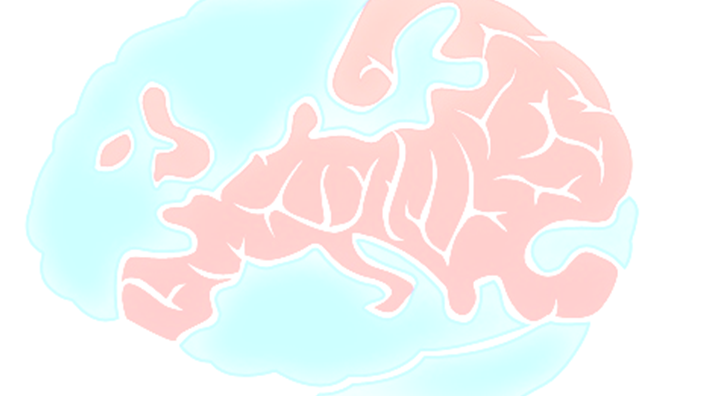
by Kitty Verduin. Originally published on 2013/11/15
The recent shipwrecks from two African refugee boats on their way to Europe call for a critical review of the asylum policy set by the European Union. This article assess the promises made by the EU on changing the asylum policy and asserts that the policy is lacking action. It offers a creative solution to the asylum problem. Cooperation between the EU and Amnesty International could bring hope to the refugees in the future.
On October 3, 2013 a boat carrying refugees from the African continent travelled to Lampedusa, Italy, but it sank on its way. This tragedy resulted in the deaths of more than 350 persons. Over the last 20 years more than 17,000 refugees lost their lives at sea in an attempt to reach Europe. The loss of so many lives, especially in the tragedy of Lampedusa, gives the impression that the policy of the European Union (EU) on asylum is flawed as refugees believe it is necessary to risk their lives on a boat heading for Europe to be granted with asylum. However, it does seem that the EU has been aware of the importance of asylum for several decades, and the European Commission has reasonably tolerant guidelines as to who can be granted with asylum. For example, when governments of countries of origin threaten their citizens with persecution or serious harm, these people are in need of international protection and should be granted asylum according to the Commission. Furthermore, the Commission states that “[a]sylum is a fundamental right; granting it is an international obligation” (European Commission, 2013). Asylum has been an important policy subject for over 60 years, and recognition of the right to aslum dates as far back as the 1952 Geneva Convention. Amnesty International has a long record of observing the EU asylum policy and its consequences, and they observed the lack of action on different occasions. Even before the tragedy of Lampedusa, Amnesty International criticized the EU on their asylum policy. In its annual report of 2013, Amnesty International concluded that the measures at the European borders endanger the lives of refugees rather than save them, as should be the case (Amnesty International, 2013). The question that is becoming more important is: how much more tragedy does the EU need to see before it actively engages with the difficulties in the area of asylum? Is there any hope for the future; is there a possible solution to solve this asylum problem? The only thing that is sure is that the increased frequency and scale of the tragedies, coupled with mounting criticism, calls for serious and direct changes of EU asylum policy.
Meaningless promises of change
Promises by the EU to change the asylum policies stretch back over a decade. In the current system, asylum flows are not evenly distributed across different member states of the EU. Therefore, in 1999 the EU decided to create a Common European Asylum System (CEAS). All member states should be part of this system in order for them to share the responsibility to help and protect the asylum seekers (European Commission). Although the CEAS seems promising, it merely promotes false hopes as the subsequent EU asylum policy introduced only a few new measures. One of the legislative measures was the creation of the European Refugee Fund, which created financial solidarity among member states. In 2007 the public was consulted on the future of CEAS. This resulted in the Policy Plan on Asylum of 2008. Three pillars were created to support the new system, based on harmonisation of standards of protection, effective cooperation and the promotion of solidarity and responsibility among the member states (European Commission). I do believe that the fact that the EU is trying to find ways to improve the asylum policy should be applauded. However, after working on this framework for over a decade and implementing measures along the way, is it now not the time to actually see the difference? The changes that have been implemented over time are only perfect on paper, as refugees still face no other choice but to resort to life threatening illegal practices in their attempts to reach Europe. This means that real actions by the EU are lacking and that is what matters the most in this specific case. The lives of refugees are at stake and it seems that EU is blindly focussing at their papers while disregarding the urgency of this problem. It seems as if the EU is making meaningless promises of change.
Hope for the future?
Although the asylum seekers have not experienced changes yet, I do believe that there is hope for the future. As more criticism is arising from in- and outside the EU, the problem can no longer be ignored. Amnesty International in particular focuses much of its attention on this particular subject, and has done so for many years. It is carefully monitoring the moves of the EU and will not stop until the refugees are treated in the way described by the Geneva Convention of 1951. The knowledge that Amnesty International holds is broad and detailed. Therefore, would it not be a great idea for the EU to join forces with Amnesty International? When they combine their powers, the knowledge of Amnesty International and the framework of the EU, they can produce the solution that asylum seekers have been searching for. Far from being perfect, the EU has a policy on paper that is going in the right direction, while Amnesty International is more focussed on the practical side of the problem in the area of asylum policy. As such, combining these strengths may offer a good way to deal with current challenges, and may bring hope for refugees in the future.
Further Reading
YouTube clip on the view on asylum by the European Union
Amnesty International Report 2013: The State of the World’s Human Rights
European Commission’s Home Affairs – Asylum Policy
Bibliography
European Commission. (2013). Common European Asylum System. Retrieved November 8, 2013, from
http://ec.europa.eu/dgs/home-affairs/what-we-do/policies/asylum/index_en.htm.
Amnesty International. (2013). Amnesty International Annual Report 2013: The State of the World’s Human Rights London, UK: Amnesty International Ltd.

 From Paper to Practice: How Grassroots Norms Undermine Gender Rights in Pakistan
From Paper to Practice: How Grassroots Norms Undermine Gender Rights in Pakistan  Exploited Childhoods: The Role of Global Corporations in Perpetuating and Mitigating Child Labour
Exploited Childhoods: The Role of Global Corporations in Perpetuating and Mitigating Child Labour  Human Rights Challenges in Addressing SLAPPs in Media, NGOs and Journalism in the EU
Human Rights Challenges in Addressing SLAPPs in Media, NGOs and Journalism in the EU  Defining European Citizenship: Its Significance and the EU’s Efforts to Foster Identity Through Education
Defining European Citizenship: Its Significance and the EU’s Efforts to Foster Identity Through Education 


